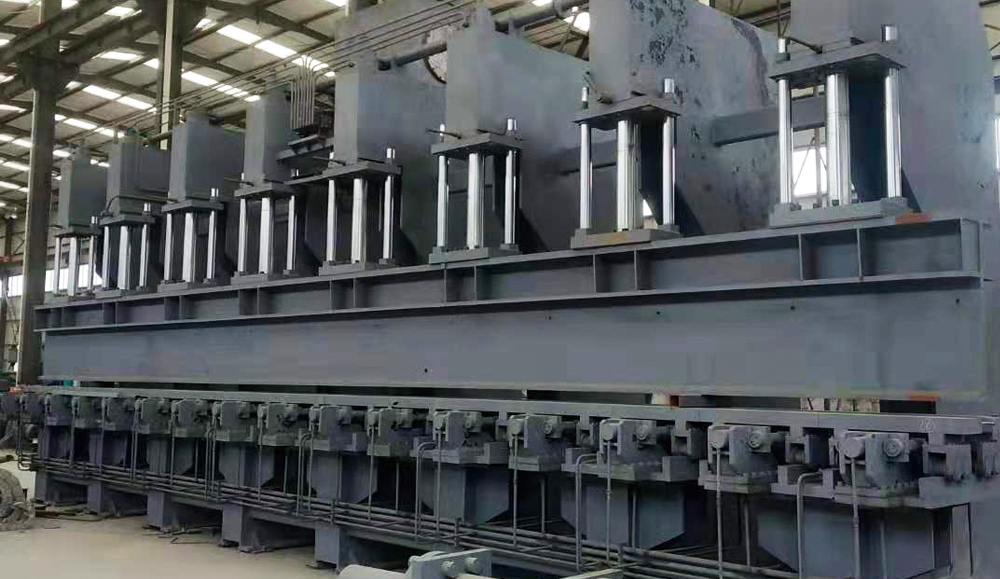Total station search
Hydraulic pressSteel tube hydrostatic testing machineSteel pipe hydraulic press
Hydraulic press (ginger) is a branch of hydraulic press. The hydraulic press uses the Pascal liquid hydrostatic transmission as the basic operating principle, and uses emulsion, water or mineral oil as the working medium, which can be divided into two categories: hydraulic press and hydraulic press. Hydraulic press can be divided into free casting hydraulic press and die forging hydraulic press. In the meantime, the free casting hydraulic press mainly uses the free forging method to cast large high-strength parts, such as marine crankshafts and alloy steel rolls weighing up to 100 tons. The die forging hydraulic press uses a blank to forge and press in a nearly closed mold to produce some parts with high strength, messy shapes and high precision, such as aircraft landing gear, engine blades and other aviation parts. Just like steamed buns, kneading dough is not only a method of metal forming, but also an important way to forge the internal shortcomings of metal, change the internal flow of metal, and improve the function of metal machinery.

Since the establishment of the first 10,000-ton (126MN) hydraulic press in the United States in 1893, the 10,000-ton hydraulic press has been equipped as a large-scale high-strength parts casting center. With the development of modern industrial skills and the advancement of two international wars, large hydraulic presses have become key equipment for industrialized countries competing to develop industries such as aviation, ships, heavy machinery, and military production. Russia produced 15,000 tons of free casting hydraulic presses in 1935, and the Japan Steel Works Muran plant imported a 14,000 tons of free casting hydraulic presses from Germany in 1940. The various aircraft, tanks, warships, and even civilian products such as trains and cars developed in World War II had key components made of heavy hydraulic machines. By the end of World War II, Russia now had four large hydraulic presses exceeding 10,000 tons, and the United States had more than ten. Heavy forging equipment has become a symbol of national industrial strength.
Lehigh HeavyForge, Bethlehem, Pennsylvania, USA, has more than 100 years of history. This 10,000-ton free-forming hydraulic press can cast 270 tons of 3.3-meter steel ingots.
Outline of China's early forging equipment
Because of various factors, China has been behind for a long time in the category of large-scale forging equipment. In 1931, after Japan's invasion of the Northeast, in Shenyang and Dalian, the machinery plants were equipped with 20MN and 40MN free forging hydraulic presses to produce forgings. In August 1945, after the Soviet Red Army dispatched the army to siege the Japanese main forces in the northeast, these foundry equipment was dismantled by the Soviet Union. In the future after Japan's victory over the surrender, in 1947, the government of the Republic of China dismantled a batch of casting equipment from Japan under the name of war compensation. There were 1 10MN, 12MN, and 20MN free forging hydraulic presses, 2 30MN, and 2 5 ton steam hammers , And about 5 sets of steam hammers below 3 tons. After the equipment was returned, it was always rusted in the warehouses of several provinces and cities.